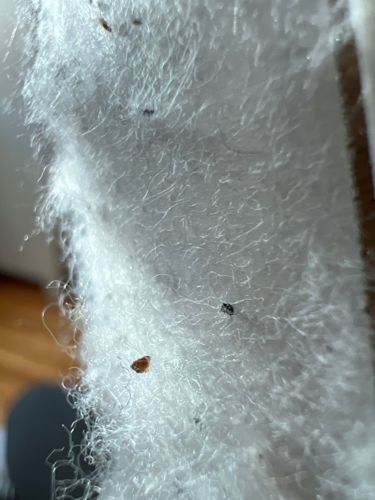Bed Bug
Scientific Name: Cimex lectularius
Order & Family: Hemiptera, Cimicidae
Size: Adult bed bugs are typically 4-5 mm (0.16-0.20 inches) long, while nymphs are smaller.

Natural Habitat
Bed bugs typically live in close proximity to human hosts. They are often found in mattresses, bed frames, headboards, and other furniture, as well as cracks and crevices in walls and floors.
Diet & Feeding
Bed bugs are obligate hematophagous insects, meaning they feed exclusively on the blood of warm-blooded animals, primarily humans. They feed by piercing the skin with their proboscis and sucking blood.
Behavior Patterns
Bed bugs are nocturnal and tend to feed while hosts are asleep. They are attracted to carbon dioxide and body heat. They can go long periods without feeding (several months). They lay small, white eggs in secluded locations.
Risks & Benefits
Risks: Bed bugs can cause itchy red welts due to their bites, leading to skin irritation, allergic reactions, and secondary infections from scratching. They are not known to transmit diseases to humans. Benefits: None to humans; they are considered pests.
Identified on: 10/22/2025